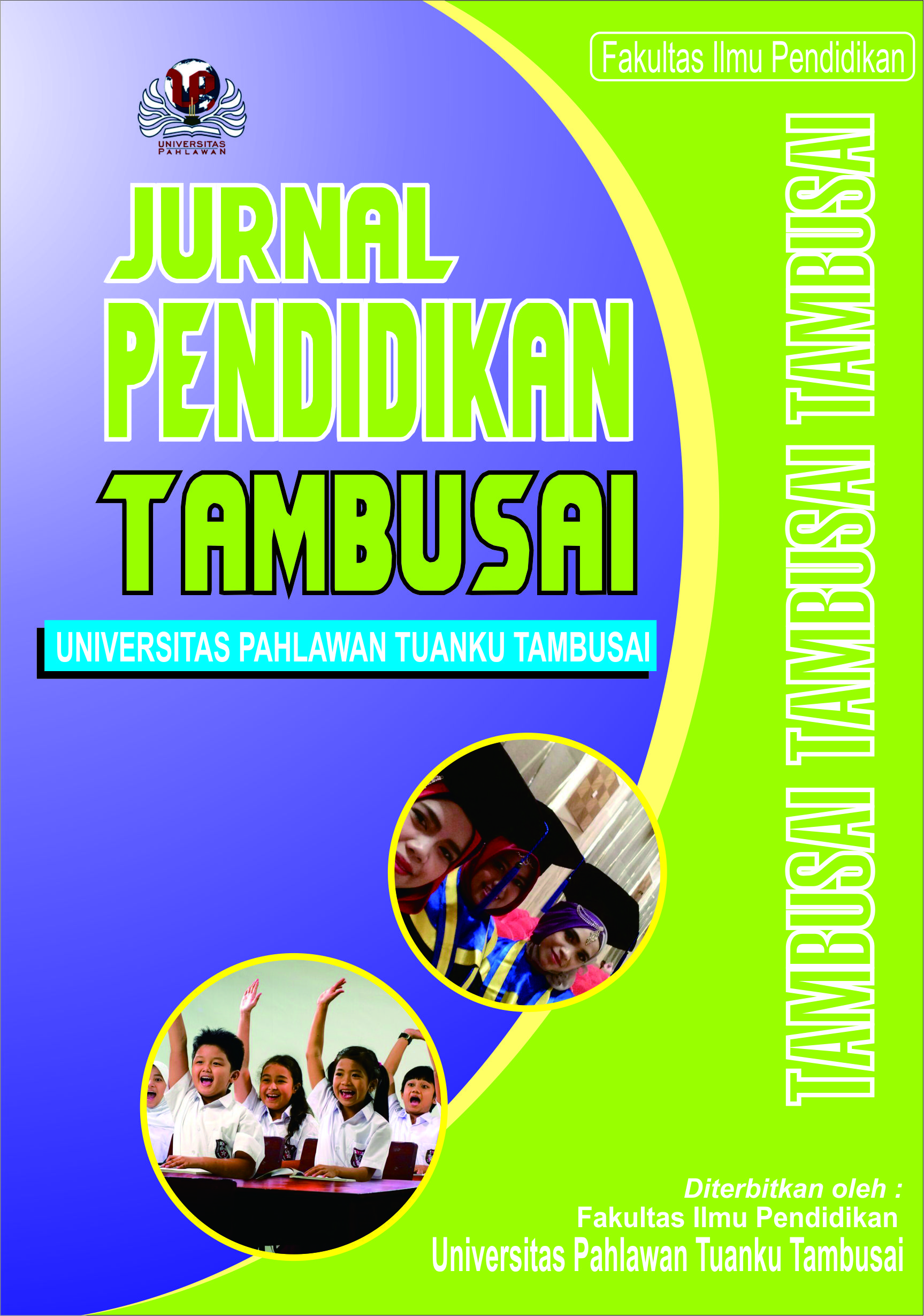Pengaruh Model Pembelajaran Flipped Classroom terhadap Hasil Belajar Siswa Kelas VII SMPN 2 Ampek Angkek pada Pelajaran Informatika
DOI:
https://doi.org/10.31004/jptam.v8i1.14243Keywords:
Model Pembelajaran Flipped Classroom, Hasil Belajar SiswaAbstract
References
Aditya, D. Y. (2016). Pengaruh Penerapan Metode Pembelajaran Resitasi terhadap Hasil Belajar Matematika Siswa. Susunan Artik. Pendidikan, 1.
Ahyat, N. (2017). EDUSIANA?: Jurnal Manajemen dan Pendidikan Islam. Edusiana?: Jurnal Manajemen Dan Pendidikan Islam, 4(1), 24–31.
Amelia Nurjanah, D., Casilta Widiyanti, Alifiah Sabrina Putri, Fradinda Amelia Hapipah, Hetri Yani Gulo, Rina Sunaryani, Satria Ahmad Syahputra, & Syafira Rizqi Pratiwi. (2023). Penerapan Materi Barisan Dan Deret Pada Matematika Ekonomi Terhadap Model Petumbuhan Penduduk. MUQADDIMAH: Jurnal Ekonomi, Manajemen, Akuntansi Dan Bisnis, 1(2), 01–11. https://doi.org/10.59246/muqaddimah.v1i2.143
Djamarah, S., & Zain, A. (2005). Strategi belajar mengajar. 04(01), 58–85. https://opac.perpusnas.go.id/DetailOpac.aspx?id=672676#
Mubarok, A. (2017). Model Flipped Classroom Dalam Memotivasi Belajar Siswa. Prosiding TEP Dan PDs, 4(2), 184–188.
Nasution, M. K. (2017). Penggunaan Metode Pembelajaran Dalam Peningkatan Hasil Belajar Siswa. 11(1), 9–16.
Nurrita. (2018). Kata Kunci?: Media Pembelajaran dan Hasil Belajar Siswa. Misykat, 03, 171–187.
Pristiwanti, D. (2022). Jurnal Pendidikan dan Konseling. 4, 1707–1715.
Sugiyono. (n.d.). Statistika Untuk Penelitian, 19th ed. .
SWARJANA , I. Ketut; SKM, M. (2022). Populasi-sampel, teknik sampling & bias dalam penelitian. Penerbit Andi.
Tayeb, T. (2017). Analisis dan Manfaat Model Pembelajaran. Jurnal Pendidikan Dasar Islam, 4(02), 48–55.
Downloads
Published
How to Cite
Issue
Section
Citation Check
License
Copyright (c) 2024 M. Irfan

This work is licensed under a Creative Commons Attribution-ShareAlike 4.0 International License.
Authors who publish with this journal agree to the following terms:
- Authors retain copyright and grant the journal right of first publication with the work simultaneously licensed under a Creative Commons Attribution License that allows others to share the work with an acknowledgement of the work’s authorship and initial publication in this journal.
- Authors are able to enter into separate, additional contractual arrangements for the non-exclusive distribution of the journal’s published version of the work (e.g., post it to an institutional repository or publish it in a book), with an acknowledgement of its initial publication in this journal.
- Authors are permitted and encouraged to post their work online (e.g., in institutional repositories or on their website) prior to and during the submission process, as it can lead to productive exchanges, as well as earlier and greater citation of published work (See The Effect of Open Access).



